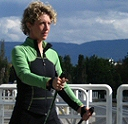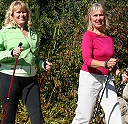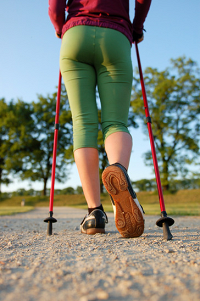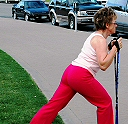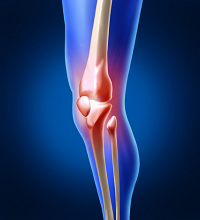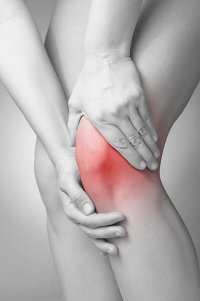Real Research & More Reasons Why
Research & Studies support how simply adding Poles to your Walk can not only help with recovery but also improve your overall health.
Fitness Improvements
Pole Walking has attracted numerous studies due to the wide array of amazing results so many people have experienced from using Walking Poles. See what Doctors & science have to say about Pole Walking...
It's a 'scientific-fact' that we are healthier when we move. When we are active we keep our blood-pressure, blood-sugar & cholesterol in-check as well it helps us to lose & maintain weight.
Fitness Improvements Research
Journal of Medicine and Science in Sport and Exercise Pole Walking Study on Heart DiseaseA study in the Journal of Medicine and Science in Sport and Exercise showed that people with arterial disease who... View Article
QUICK VIEW GO TO RESEARCHPhysical Benefits
Pole Walking has attracted numerous studies due to the wide array of amazing results so many people have experienced from using Walking Poles. See what Doctors & science have to say about Pole Walking...
It's a 'scientific-fact' that we are healthier when we move. When we are active we keep our blood-pressure, blood-sugar & cholesterol in-check as well it helps us to lose & maintain weight.
Physical Benefits Research
The psychological profiles before and after 12 weeks of Pole WalkingA study at the University of Wisconsin measured the psychological profiles before and after 12 weeks of walking or Exerstrider... View Article
QUICK VIEW GO TO RESEARCHStudy Shows Walking Poles Signifantly Increase Oxygen UptakeIt was found that the use of walking poles significantly increased oxygen uptake, heart rate and energy expenditure by approximately... View Article
QUICK VIEW GO TO RESEARCHCooper Institute Study – Pole Walking Results in Approximately 20% Increase in Oxygen ConsumptionA study by the Cooper Institute showed that pole walking resulted in approximately a 20% increase in oxygen consumption and... View Article
QUICK VIEW GO TO RESEARCHMayo Clinic – Walking poles work your arms, shoulders, chest and upper back musclesWalking poles work your arms, shoulders, chest and upper back muscles through a full range of motion as you walk. Think... View Article
QUICK VIEW GO TO RESEARCHRehabilitation Recovery
Pole Walking has attracted numerous studies due to the wide array of amazing results so many people have experienced from using Walking Poles. See what Doctors & science have to say about Pole Walking...
It's a 'scientific-fact' that we are healthier when we move. When we are active we keep our blood-pressure, blood-sugar & cholesterol in-check as well it helps us to lose & maintain weight.
Rehabilitation Recovery Research
Research on Parkinson’s Disease and Pole Walking ExerciseIn a study by Baatile et al. (2000), sixteen 72-year old veteran males with Parkinson’s Disease carried out an 8... View Article
QUICK VIEW GO TO RESEARCHSteadman-Hawkins Clinics advise cross-training to maintain flexibility and a good range of motionDr. Richard Steadman of Colorado’s renowned Steadman-Hawkins Clinics advises cross-training to maintain flexibility and a good range of motion as well as... View Article
QUICK VIEW GO TO RESEARCHPole Walking Decreases the Amount of Force Imposed Upon the Foot in Subjects with Knee Problems“From the data analysis, it was concluded that: (a) the telescope-style running poles altered the lower-extremity running kinetics by decreasing the... View Article
QUICK VIEW GO TO RESEARCHStudy Finds Signicant Improvement To Neck & Shoulder Pain After 12 Weeks of Walking Poles ExerciseThe Finnish Helsinki Polytechnic’s Faculty of Health Care studied the impact of regular participation in Nordic walking in spring 1999.... View Article
QUICK VIEW GO TO RESEARCHWalking Poles Prove to be Effective For Breast Cancer Survivors Due to Shoulder Motion ExerciseMany breast cancer survivors suffer from impaired muscular endurance of the upper body following treatment. Shoulder impairment, which makes seemingly... View Article
QUICK VIEW GO TO RESEARCH


